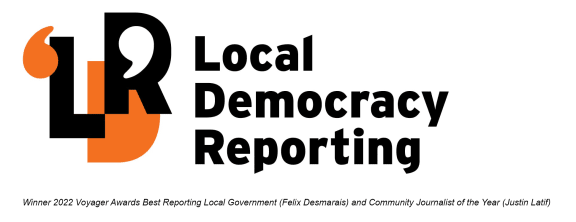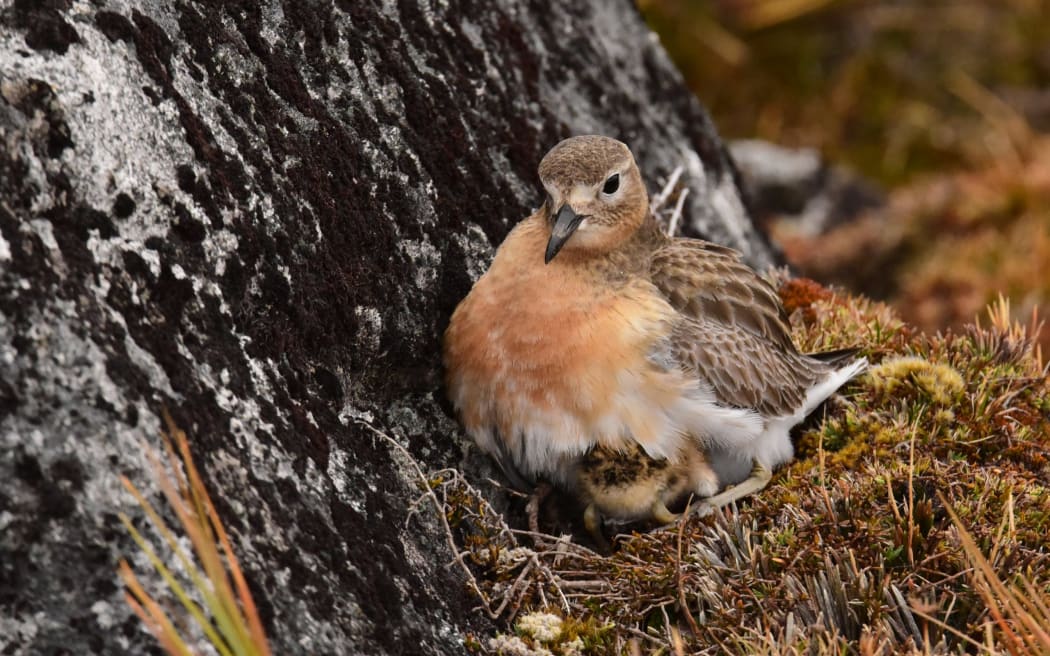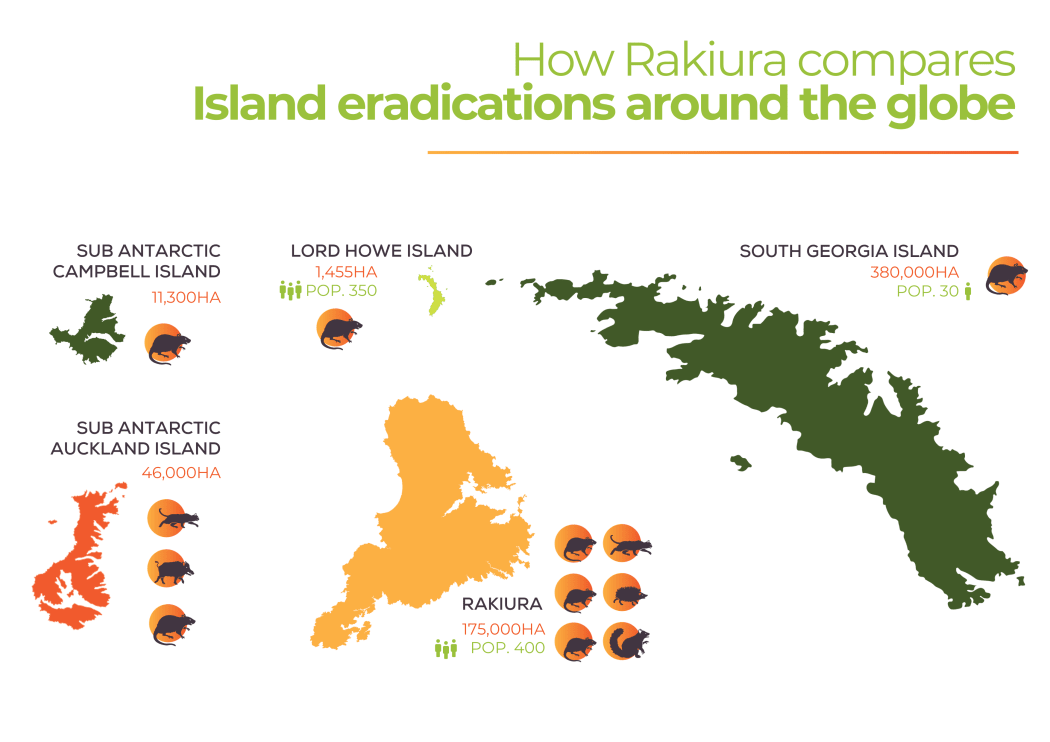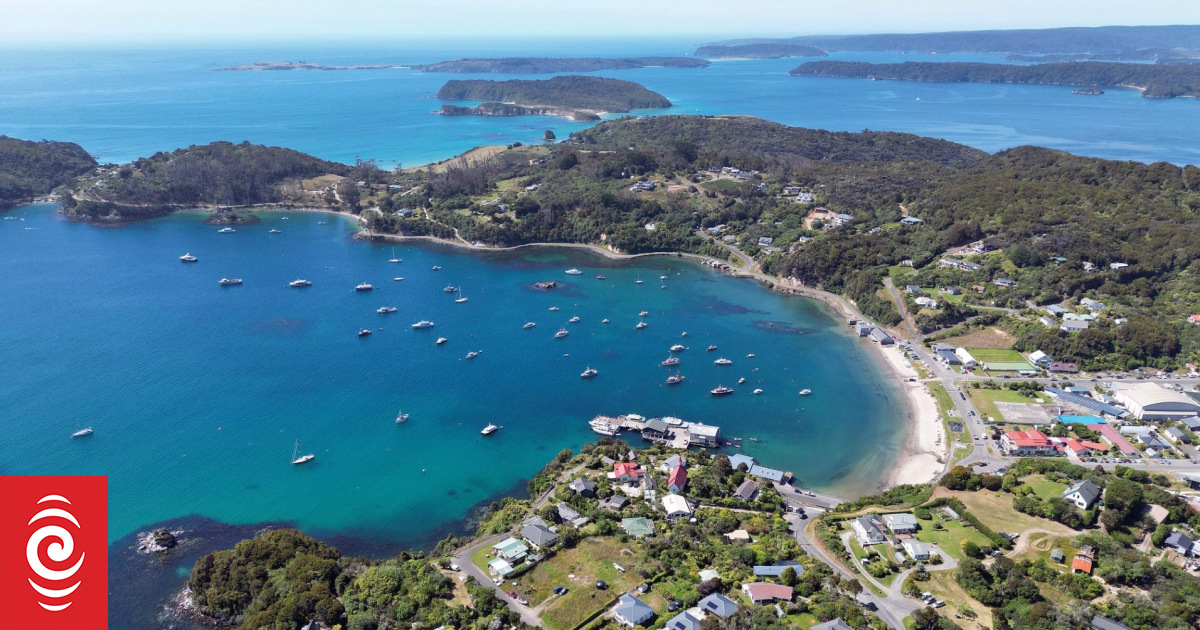Stewart Island / Rakiura is home to about 400 people, as well as a range of predators threatening native plants and wildlife.
Photo: ODT / Stephen Jaquiery via LDR
An ambitious project to protect Rakiura / Stewart Island from threats to native plants and wildlife is picking up speed.
Predator Free Rakiura will become the world’s largest predator eradication project for an inhabited island if successful.
In an assessment this week, the predator-free goal was described as difficult – but not impossible.

It began in 2019 with a memorandum of understanding before gaining traction in 2021 with the establishment of its governing body, Te Puka Rakiura Trust.
On Wednesday, trustee Rob Phillips spoke to Environment Southland about the project in his capacity as the regional council’s representative.
“The reason we’re doing it is we’ve got some pretty special species down there, we just need to protect them,” Phillips said.
“The southern dotterel is in trouble at the moment, and so we just need to get this job done, to enable species to thrive and also to be a place where we can reintroduce species as well.”
Aside from the dotterel, other species needing protection included the tīeke (South Island saddleback), Rakiura Tokoeka (southern brown kiwi), harlequin gecko, pekapeka (long-tailed bat), plus flora and fauna.

The southern dotterel is one of the species Predator Free Rakiura is hoping to protect on Stewart Island.
Photo: Supplied / DOC
That meant six species were on the hit list for eradication: possums, feral cats, hedgehogs, kiore, Norway rats and ship rats.
“This is a nationally significant project, [there are] 180,000 hectares down there,” Phillips said.
The task was daunting by Predator Free Rakiura’s admission, with its report saying a predator removal project of this scale and complexity had never been achieved.
Councillor Maurice Rodway expressed some scepticism, asking if the lofty goal was really attainable.
Trust general manager Darius Fagan remained optimistic, saying there was a growing body of knowledge around the country from other predator-free initiatives
Fagan gave the example of Miramar in Wellington where similar work had been undertaken with the added challenge of being a highly populated area.
“Difficult? Yes. Impossible? Don’t think so. Worth trying? Definitely,” he said.

A graphic created by Predator Free Rakiura shows target species on other islands around the world. Rats have been eradicated from South Georgia Island, Lorde Howe Island and Sub Antarctic Auckland Island.
Photo: Supplied / Predator Free Rakiura
In response to a question about community views towards the project, Environment Southland biosecurity and biodiversity operations Manager Ali Meade said they had changed somewhat.
Meade – who had been seconded to the project in a part-time capacity from January to April – said an increase in visitors to Rakiura since Covid had heightened the concerns of some permanent residents that being predator-free would only increase numbers.
“So there has been a slight change in the way people talk about it [but] I think there’s still very much that support for it happening.”
The most recent work undertaken by the programme focused on constructing a plan for how the initiative would be delivered.
Key focuses for the next 12 months included finalising the implementation plan, progressing a biosecurity plan, delivering a research programme with Manaaki Whenua, and progressing work on Ngāi Tahu aspirations for Rakiura.
Achievements so far included building a deeper understanding of Ngāi Tahu expectations, implementing a four-year $2.8 million combined research partnership with Manaaki Whenua, eDNA sampling mice on the island, and surveying hedgehogs.
The Department of Conservation was a key partner and funder of the project.
Fagan said the project would report back to Environment Southland in the coming months because things were “moving quickly”.
LDR is local body journalism co-funded by RNZ and NZ On Air.





















Discussion about this post